Text
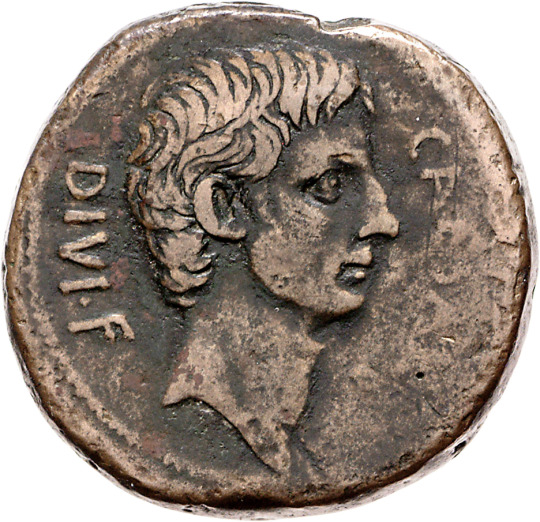
Octavianus
* Italy
* 38 BCE (about)
* silver
* CAESAR - DIVI F
* Berlin state museums, numismatic collection
Source Münzkabinett, Staatliche Museen zu Berlin
Creator: Dirk Sonnenwald
Copyright Notice: Public Domain; CC BY-SA @ Münzkabinett;
87 notes
·
View notes
Text

Roman bird
* Villa Farnesina
* 1st century BCE
* Trastevere, Rome
* Palazzo Massimo
Rome, July 2015
#Roman#bird#1st century BCE#Villa Farnesina#Trastevere#ancient#art#fresco#detail#animal#Palazzo Massimo#Rome#my photo
125 notes
·
View notes
Photo
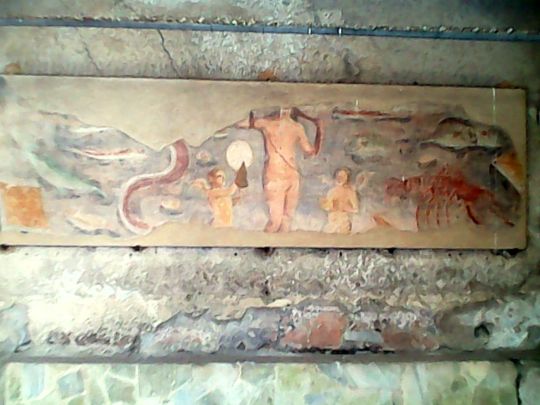
Venus Anadyomene
* Ostia Antica, Baths of the Seven Sages
* Late second or early third century CE.
Ostia Antica, July 2015
166 notes
·
View notes
Text
youtube
March 20, 44 BCE - Funeral of Julius Caesar
* "Brutus is an honourable man"
19 notes
·
View notes
Photo

March 16, 44 BCE:
Caesar’s Magister equitum, Marcus Aemilius Lepidus, brings his army into Rome
Caesar’s deputy acted swiftly and marched 6000 soldiers into Rome and their presence on Campus Martius must have made Brutus & co worried . Actually the conspirators had already fled to Capitoline hill and Lepidus was ready to assault and wipe them out. The sole remaining consul Marcus Antonius and Aulus Hirtius who preferred negotiations dissuaded him from this attack. .
( Triumvir Lepidus is depicted in this gold coin; issued in 42 BCE by Publius Clodius)
https://smb.museum-digital.de/index.php?t=objekt&oges=146599&cachesLoaded=true
Source: Münzkabinett, Staatliche Museen zu Berlin - Stiftung Preußischer Kulturbesitz; Creator: Dirk Sonnenwald ; Copyright Notice;CC BY-NC-SA
112 notes
·
View notes
Photo
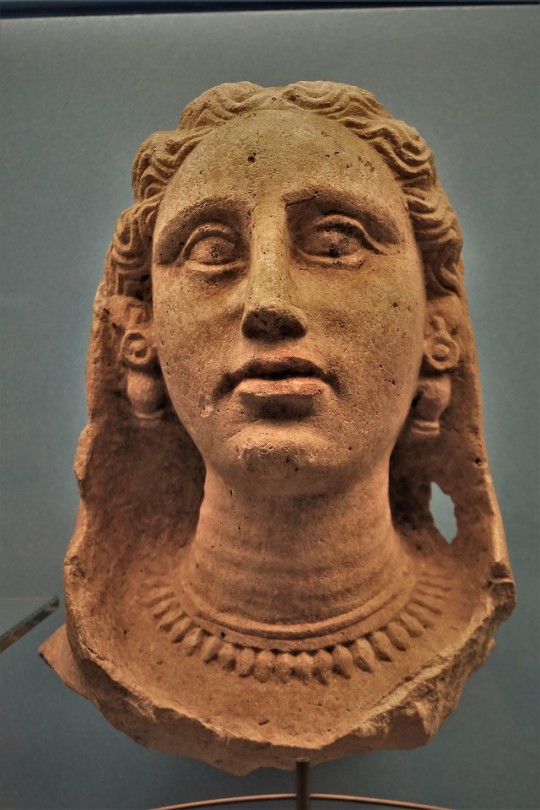
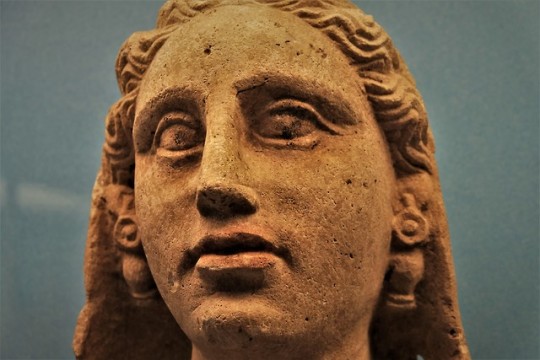
Limestone Head of a Roman Woman of Unknown Origin dated between 200-100 BCE on display at the National Museum of Denmark in Copenhagen
The woman in this statue wears an ornate necklace and large earrings and there is still traces of a red colour on the lips.
Photographs taken by myself 2018
#Roman women#2nd century BCE#hairstyle#ancient#art#head#limestone#Danish Museums#original photography
202 notes
·
View notes
Photo

Statue of the Woman from Egypt dated between 100-200 CE on display at the World Museum in Liverpool
This granite statue fragment shows a woman wearing an Egyptian royal headress of a Pharaoh. Roman sculptors made statues in the Egyptian style for people’s house and gardens.
Photographs taken by myself 2019
140 notes
·
View notes
Text
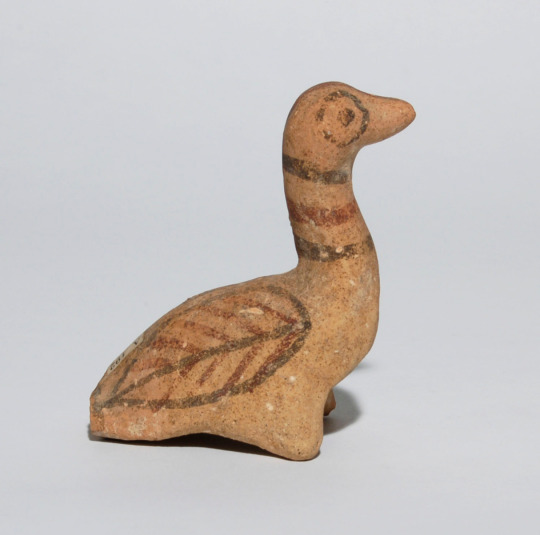



three small terracotta ducks, Cyprus 600BC-500BC.
(link 2, 3)
2K notes
·
View notes
Text


Marble Statue of a Roman Lady from Italy dated to 240 on display at the NY Carlsberg Glyptotek in Copenhagen, Denmark
This coiffure was among the most popular from 240 and into the 4th century. It consists of three elements: artificially waved hair, free locks of hair along the fringes and a broad braid up the back of the head.
Photographs taken by myself 2018
#Roman women#hairstyle#ancient#art#marble#head#3th century CE#4th century CE#Danish museums#original photography
116 notes
·
View notes
Text
The part of this that isn't broken is in stunning condition. Looks freshly painted.
157 notes
·
View notes
Text
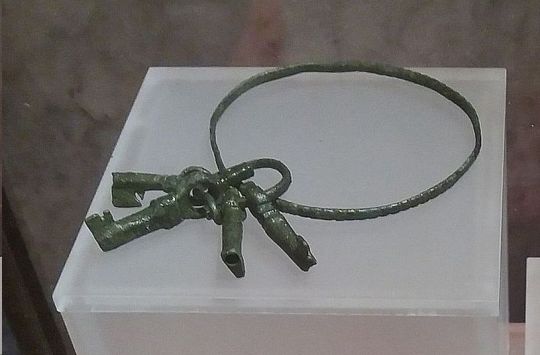
Roman keyring
* Ostia Antica
* Exhibition: Ostia, Gateway to Rome. Vapriikki, Tampere 1.11.2019-10.5.2020
Tampere, November 2019
57 notes
·
View notes
Photo
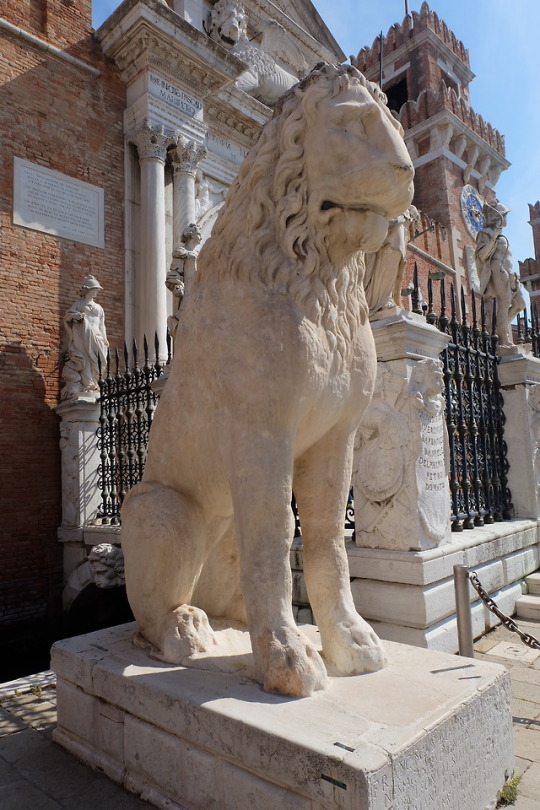
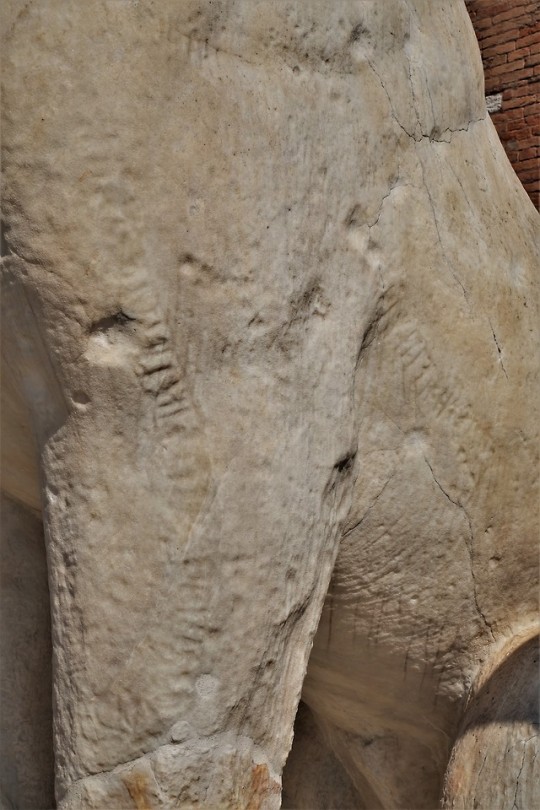
The Piraeus Lion from Piraeus Harbour, Athens dated to the 4th Century BCE on display in front of the Arsenale in Venice
The lion once stood in the Piraeus harbour in Athens and thought to be built in 360 BCE. It was taken as plunder during the Great Turkish War between the Republic of Venice and Ottoman Empire in 1687 by Captain-General Fransesco Morosini who became Doge of Venice during this war. Morosini attacked and occupied Athens, for which he was given the title Peloponnesiacus, and proceeded to loot artefacts from the Parthenon (to which he turned his cannons against) and from the Piraeus harbour including the lion.
The lion was vandalised by Scandinavian travellers during the 11th Century with runic inscriptions which can be seen at the side of the lion. They are done in the shape of a Lindworm, a wingless serpent, similar to runstones in Scandinavia. It is thought this was done by Varangian mercenaries for the Byzantine Emperors as it is common to find runic graffiti in the former Byzantine Empire. An example of this are runes carved into the balconies of Hagia Sofia though this one tells the stories of Swedish travellers who came to Greece.
Photographs taken by myself 2018
#Piraeus Lion#4th century BCE#ancient#Greek#marble#statue#lion#big#cats#animal#Venice#original photography
375 notes
·
View notes
Text

Sleeping room, Villa Farnesina
* 1st century BCE
* Trastevere
* Palazzo Massimo, Rome
Rome, July 2012
#Villa Farnesina#1st century BCE#Marcus Agrippa#Trastevere#Rome#ancient#Roman#art#fresco#Palazzo Massimo#my photo
143 notes
·
View notes
Text

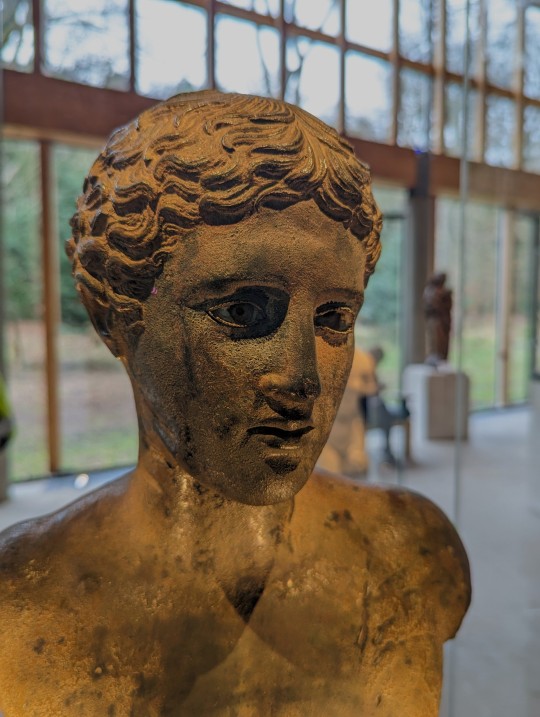
Bronze Bust of Young Man from Rome dated between 100 BCE - 100 CE on display at the Burrell Collection in Glasgow, Scotland
Roman artists copied Greek sculptors, who used mathematical formulas to work out what they thought were people's perfect proporations. This has been wrongly use to promote racist ideas about the ideal proportions of faces.
Photographs taken by myself 2023
#Roman Britain#bust#ancient#art#bronze#1st century BCE#hairstyle#1st century CE#UK museums#original photography
52 notes
·
View notes
Text

Pietas
* Italy
* 108-107 BCE
* silver
https://smb.museum-digital.de/object/178538
Source Münzkabinett, Staatliche Museen zu Berlin; Creator Reinhard Saczewski
Copyright Notice Public Domain Mark; (https://creativecommons.org/licenses/by-sa/4.0/)
41 notes
·
View notes
Text




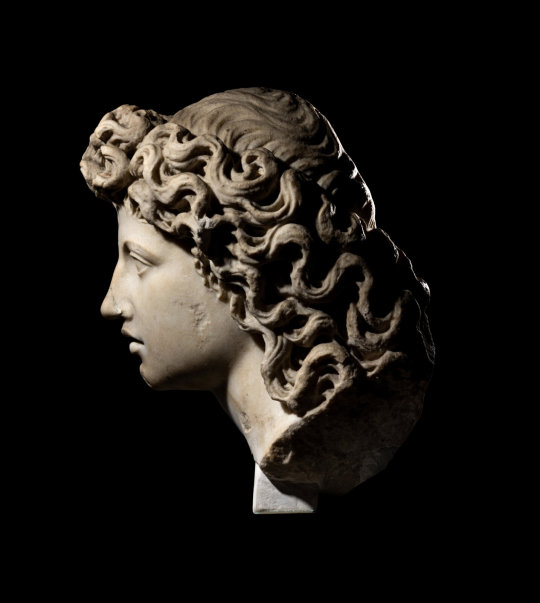
Triton, a Roman Marble Head, Antonine Period, ca. 2nd Century AD. Property from The Brummer Collection
406 notes
·
View notes
Text
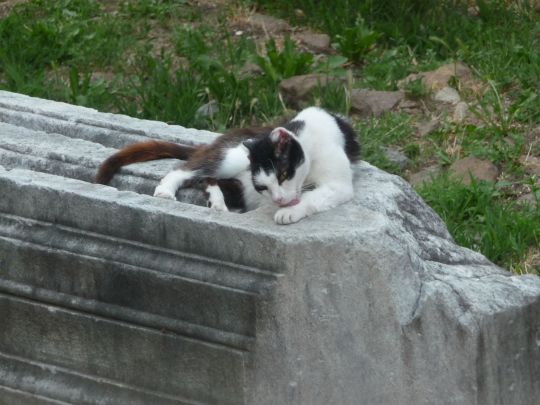

Largo di Torre Argentina
Rome, July 2015
74 notes
·
View notes